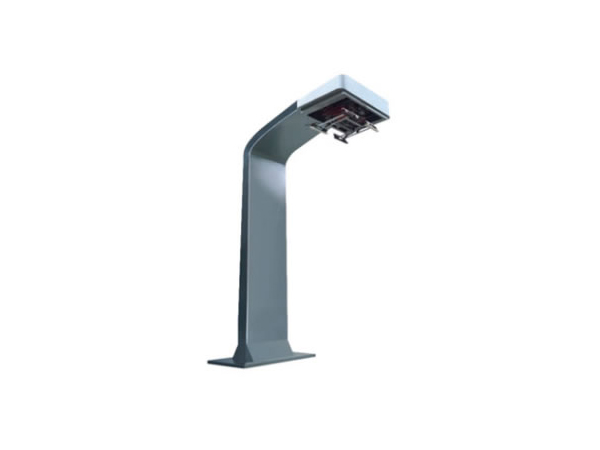-
13822183778@139.com
-
13822183778
The high-voltage and high-current supercharging pile is the future development trend of the world
Trend 1: V2G Technology and "virtual Power Plants"
Virtual power plant is not a power station in the real sense, but a smart energy software management platform, which can concentrate the existing adjustable electricity, and then through big data calculation, such as charging piles, power changing stations, 5G base stations, air conditioners, subways, shopping malls and other large users of electricity into a management platform to participate in grid scheduling and power market trading. Thus optimize the allocation of power resources. In simple terms, the virtual power plant is a regional small grid dispatching center. As a very economical means of regulation, the cost of virtual power plants is only 12% to 15% of that of thermal power. Through the integration of resources, it can effectively improve the power grid's access capacity and absorption capacity of clean energy, and promote the green and low-carbon transformation of power supply. This makes the virtual power plant by the country and the market attach great importance.
In recent years, a technology in the virtual power plant has developed rapidly and attracted much attention, that is, V2G, its full name is vehicle-to-grid, that is, the unique energy storage function of electric vehicles and the two-way interaction of the power Grid, its core idea is to use a large number of electric Vehicle energy storage devices as a buffer for the power grid and renewable energy. In this process, electric vehicles are equivalent to a mobile energy storage device, and can also be seen as a "giant mobile charging bank".
In other words, V2G technology not only allows electric vehicles to participate in real-time grid regulation and peak adjustment auxiliary services, but also allows owners to obtain benefits by selling electricity to the grid. In addition, for car companies, V2G technology effectively reduces the cost of using electric vehicles, thus promoting the production and sales of electric vehicles.
Trend 2: Flexible charging piles are expected to be further applied
The flexible charging pile is a highly integrated system that gathers all or part of the charging modules of the electric vehicle charging station together to form a power pool, and performs centralized monitoring and scheduling, dynamically and automatically matches the optimal number of charging modules according to the actual power demand of electric vehicles during the charging process, and quickly charges multiple electric vehicles.
On the one hand, the average charging power of electric vehicles is increasing year by year, and the differentiated charging power demand of different models will coexist for a long time, and high-power charging technology will intensify the differentiation of charging power demand. On the other hand, in the charging process, the vehicle will intelligently and dynamically adjust the charging power according to the actual situation of the battery, and the charging power during the charging process is not maintained unchanged, and the charging current will generally be adjusted downward at the end of the charging. In order to avoid problems such as not supporting overcharge and limited power grid capacity, mainstream manufacturers have adopted the product form of flexible charging pile to achieve dynamic adjustment of charging power and meet the needs of fast charging. The flexible charging reactor relies on "power fusion + dynamic distribution" to solve the problem of single pile power solidification, adapt to differentiated charging needs, and will be further applied in the future.level 2 electric vehicle charger portable electric charger
Trend 3: High voltage and high power DC fast charging
According to the McKinsey China Automotive Consumer Insight 2023 released by McKinsey, the most concerned issues for electric vehicle consumers are range and charging time. The White Paper on the Development Trend of Charging Infrastructure released by Huawei predicts that from 2020 to 2025, the charging voltage of passenger cars will be upgraded from 500V to 800V, the single gun charging power will be supported from 60kW to 350kW, and the battery capacity of many electric vehicles will also be upgraded from 60 degrees to 100 degrees. The full charge time will be shortened from about 1 hour to 10-15 minutes, close to the refueling experience of fuel vehicles. In order to solve the problem of difficult charging and slow charging faced by the large-scale application of new energy vehicles, based on the charging principle of "battery charging power = charging power x time", that is, the greater the charging power, the shorter the charging time, the high-power DC charging pile power DC charging pile will become a rigid demand. The potential for growth is huge.
 How long does it take to charge ···
How long does it take to charge ···
 DC Fast Charging CCS type 2 plug
DC Fast Charging CCS type 2 plug
 The high-voltage and high-curren···
The high-voltage and high-curren···


